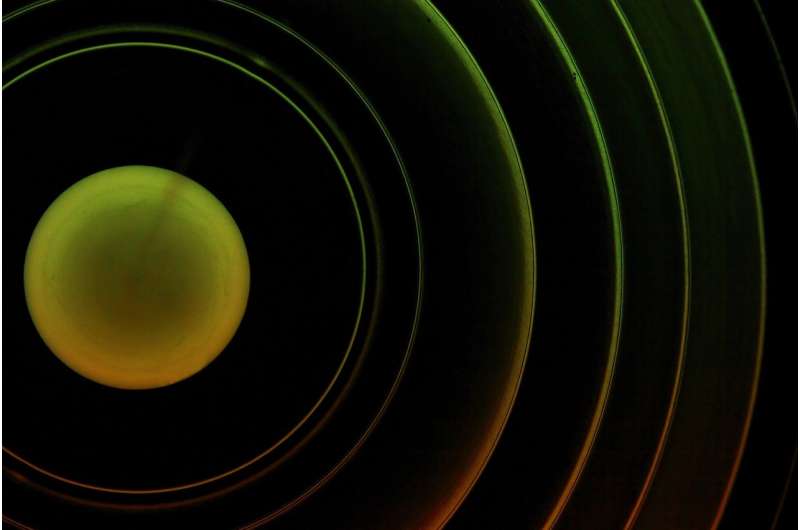Quest to deliver ultra-fast and energy efficient magnetic recording moves step closer

The quest to deliver ultra-fast and energy efficient magnetic recording could be a step closer to fruition, due to pioneering new research on all-optical switching of magnetization.
As the capacity and electricity consumption of data centers increases exponentially, there is a pressing economic and societal need to find more energy efficient methods of information storage.
This demand has spurred extensive research effort into new physical mechanisms for control of magnetization within magnetic thin films, e.g., all-optical switching.
The all-optical switching of magnetization allows magnetic bits to be written purely by optical laser pulses without any need for an external magnetic field.
Previous studies of all-optical switching of magnetization have almost exclusively focused on rare-earth based materials such as Gd and Tb, which limits the tunability and scalability of the device.
A team of researchers, led by the University of Exeter, has made a pivotal breakthrough in the all-optical switching of magnetization, demonstrating the potential to deliver energy efficient nanoscale magnetic storage devices based solely on transition metals such as Fe, Co or Ni.
From the viewpoint of technological applications, the rare-earth free synthetic ferrimagnets used in this work are highly desirable due to the low cost and relative abundance of the constituent materials, and the unparalleled tunability.
The results demonstrate that the all-optical switching is driven by a spin-polarized current flowing between the two equivalent magnetic configurations with antiparallel alignment of the Ni3Pt and Co ferromagnetic layers. The switching can be achieved independently of the light polarization and over a broad temperature range.
The research is published in Nano Letters.
Maciej Dąbrowski, first author from the University of Exeter says that their "results demonstrate that the key ingredient for helicity independent all-optical switching in rare-earth free synthetic ferrimagnet is to have two distinct transition metal layers."
"By employing Ni3Pt and Co layers we were able to create an imbalance of spin-polarized current for one trillionth of a second (10-12 s) after the laser excitation, which ultimately leads to the magnetization switching."
More information: Maciej Da̧browski et al, Transition Metal Synthetic Ferrimagnets: Tunable Media for All-Optical Switching Driven by Nanoscale Spin Current, Nano Letters (2021). DOI: 10.1021/acs.nanolett.1c03081
Journal information: Nano Letters
Provided by University of Exeter




















